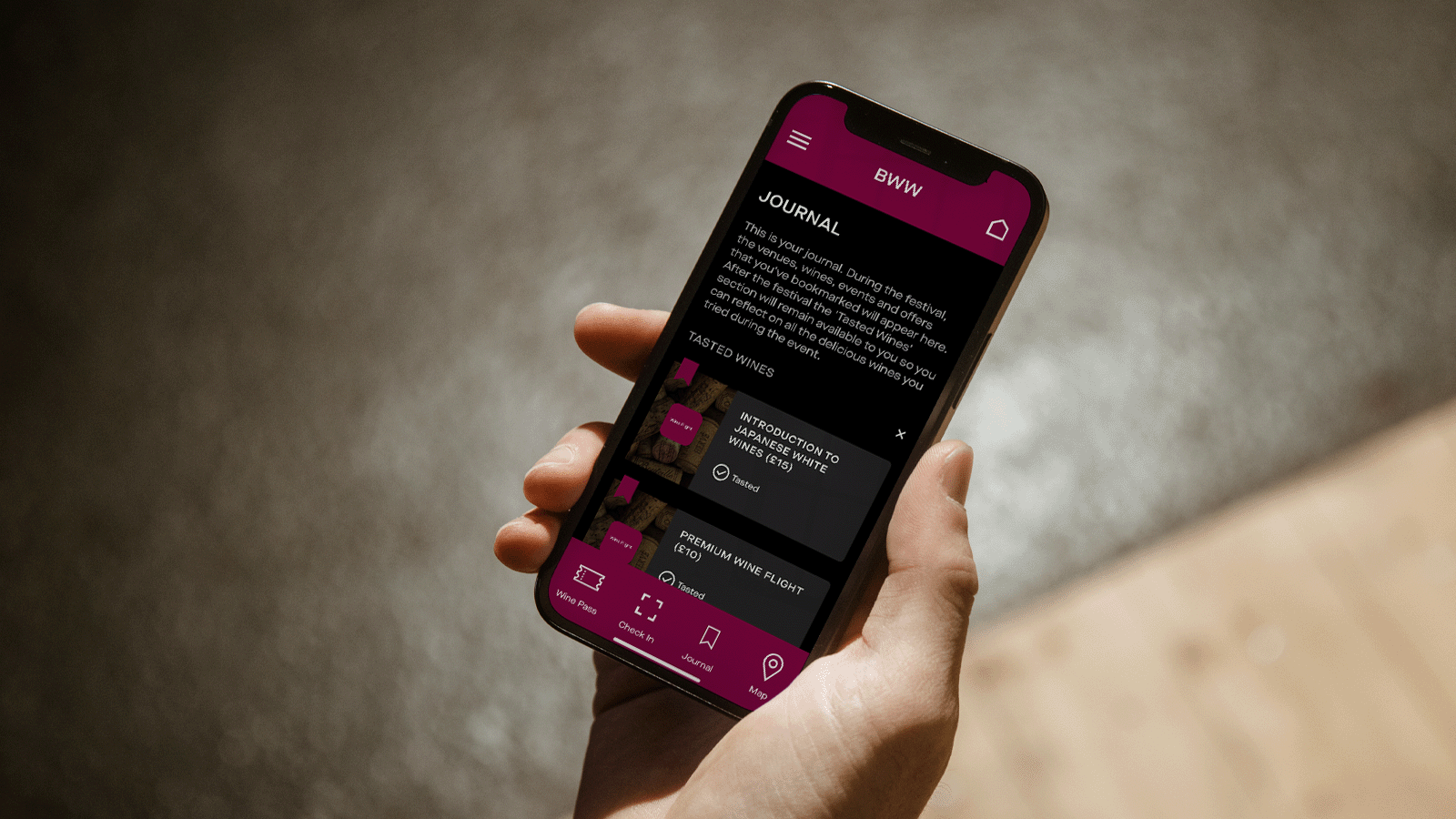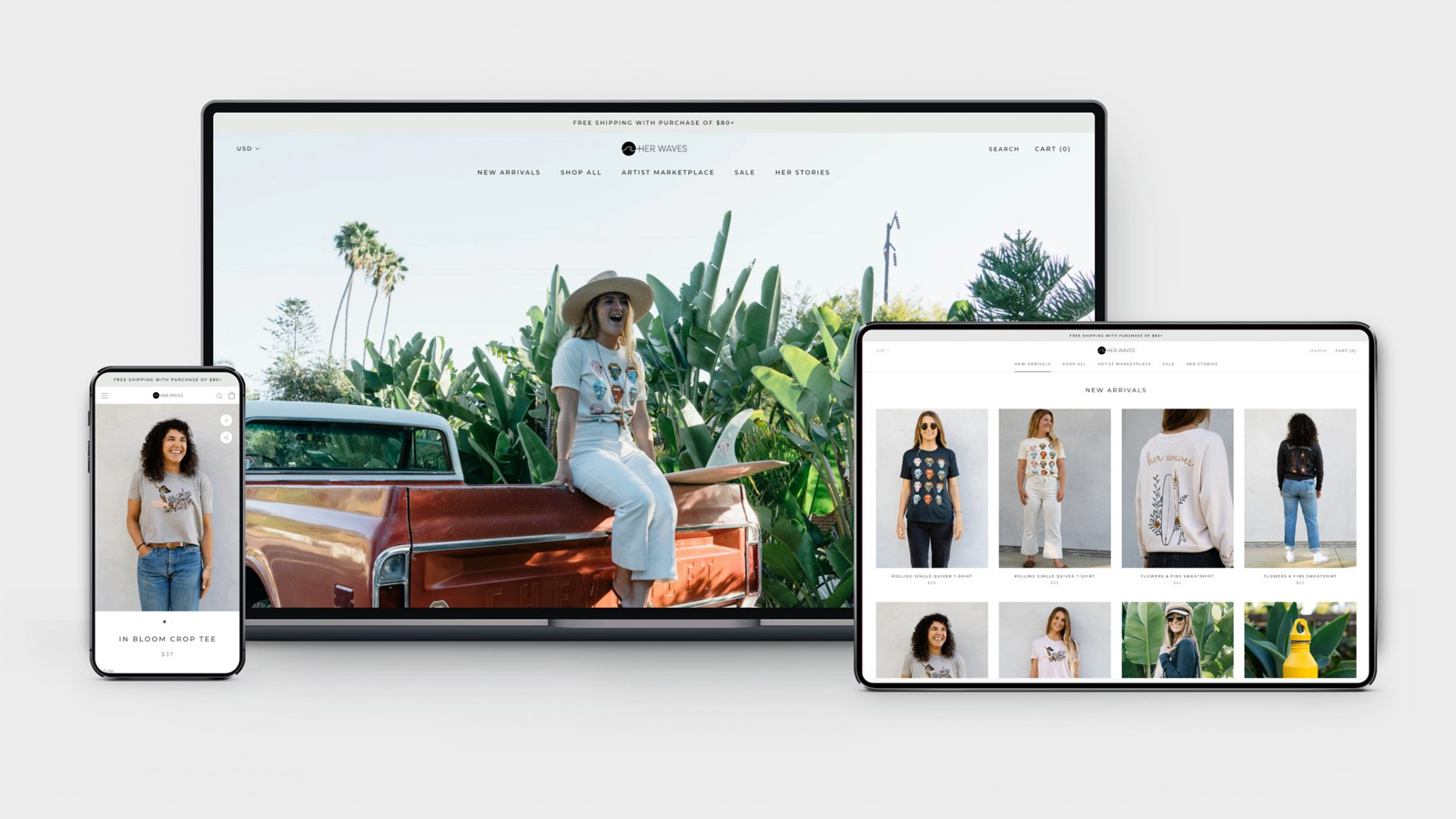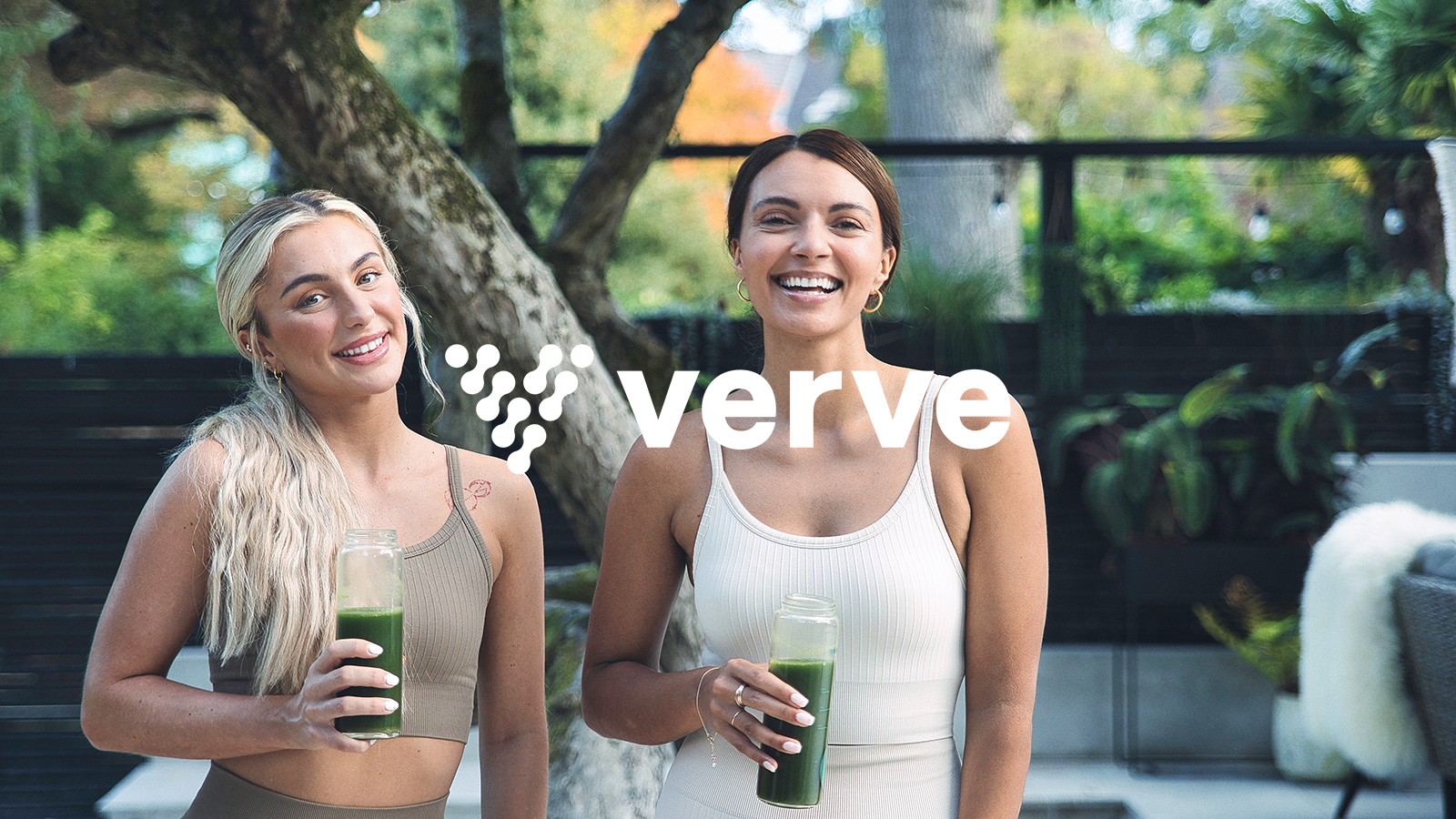
Verve is a health and fitness supplement manufacturer, who we had previously supported in brand ideation through to their launch in October of 2023. Verve’s primary product offering is their unique V80 Greens Powder, which is offered as a one off purchase, but also as a subscription model for a 20% discount. As a cheaper upfront cost, and one that included more additional value by means of accessories, both us and Verve expected a large percentage of their customers to opt for a subscription model.
In addition to helping launch the brand, we had agreed to work on a structured framework to assist Verve in reaching their financial goals by means of our Gross Demand Plan (GDP). The GDP is our unique framework for helping eCommerce businesses reach their goals. Designed to take the guesswork out of growth, the GDP lays out 52 individual and manageable steps that set brands on the path towards achieving their final goals.
Whilst drawing up a full GDP is no simple task, we’re experienced in building them out and know the formula for how they should work, even with brands that, like Verve, have only freshly gone to market. However, this is what made Verve’s plan so unique, as, having never done a GDP that included a subscription model, we initially had no idea how to approach it and we were truly mapping out uncharted waters.

The Challenge
Whilst the goal for any brand should be a 100% customer satisfaction rate, the harsh reality is that this goal will never actually be achieved. And this is seen especially with subscription based services, where a customer is opting into much more regular payments. A customer may feel like they’re not getting enough value from the service, they may decide they can no longer afford it, or they may feel like they themselves didn’t use it enough to warrant the cost. This means subscribers have a half life; a timer that predicts how likely they are to unsubscribe from their subscription within a given month. For example, gym memberships, on average, have a 50% churn rate after six months, meaning that, if 100 people joined in January, only 50 would be predicted to still be members by June.
This meant that Verve’s GDP needed to be primarily based off of a subscription model, which would map in how quickly customers would drop off, but also, how many new subscribers Verve would acquire each month as their budget increased. Building this subscription based GDP out from scratch, having never done it before, would be a steep challenge for us in and of itself, but to do so for a new to market brand further complicated this project, as Verve had no previous customer data for us to use.
Therefore, the first step to mapping out the Gross Demand Plan for Verve was to predict, and make a model of, the brand’s customer half life. This would allow us to map out how many total customers there would be each week, and therefore, how many subscription payments would be made. From there, everything else entailed in the GDP could be mapped out.
- Predictive Subscription Half Life Modelling
- Social Media Marketing
- Performance Marketing
- Search Engine Optimisation
The Solution
Despite having never worked with a primarily subscription based brand on a GDP framework, we have worked with brands who offer subscription services before. Whilst these brands were not in the health and fitness sector, the data was at least something for us to base our thoughts off of. Similarly, we used the market data that was available to us online, to map out a rough estimate of what the subscriber half life would look like. From this data, we could compare Verve’s subscription price-point to the other brands we were looking at and further inform our decision, as a good rule of thumb is that a more expensive subscription is going to see subscribers drop off quicker.
From this information, we mapped out what we believed to be an accurate representation of the speed at which Verve’s subscribers would unsubscribe. However, as a new brand, Verve would initially have very little brand authority, and so this half life was highly likely to change as time went on. So, we additionally drew out five more half-lifes, predicting how this half-life would change as the brand grew older.
From this point forward, we were able to map out the expected cash flow, and we were free to go full speed ahead and round out the complete GDP offering. So we took Verve’s targets into consideration, and shone the light on how to get there.




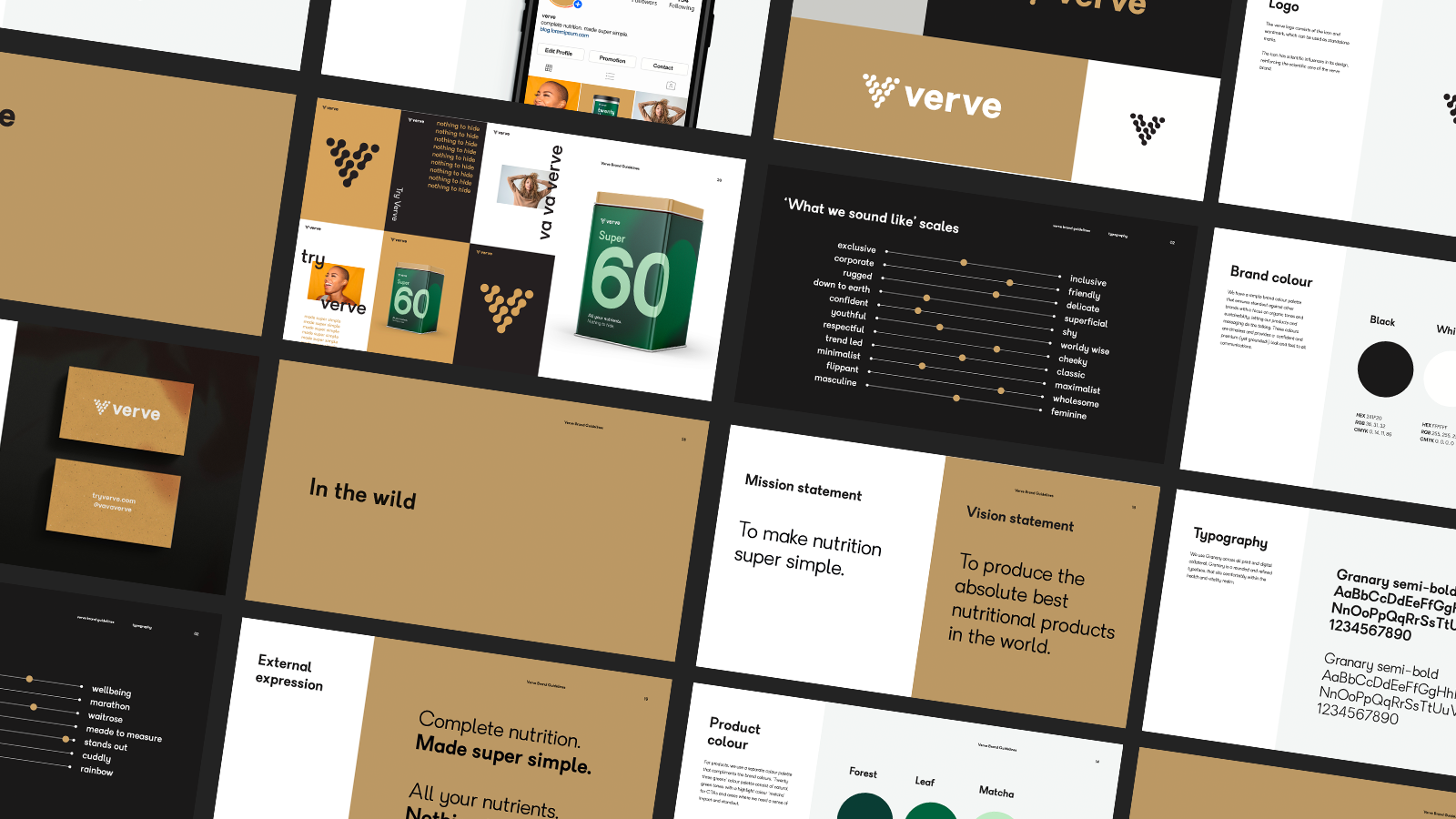
The Outcome
We pride ourselves on being an extremely knowledgeable and experienced team, and we have a history of writing GDPs that have played a large role in a wide variety of brands reaching their ambitious targets. However, we are by no means fortune tellers and would never pretend to be. So we were a little trepidatious with Verve’s GDP, as we weren't certain that the subscriber half life we predicted would match what would actually happen. After all, Verve was just as likely to retain more, or fewer subscribers than we had predicted.
And so, it was interesting to see how close we were when the results did make themselves known. For example, we predicted that Verve would have a 65% churn rate of customers by month three. Meaning that, if 100 people signed up, by month three, 65 would have unsubscribed. The actual number was 75%, which is what we had mapped in for month four, so we were relatively bang on, all things considered.
Leading on from this, we are actively adjusting Verve’s GDP as the months pass, to ensure that they are best set up to meet their goals going forwards, even if the road to get there may have had a few winding corners and harsh turns earlier on in the journey.
Want to learn more about our gross demand plan offering click here.

Every great relationship starts with a conversation. We’d love to talk with you about your next project and answer any questions you might have about Shopify. But be warned… once we get talking about this stuff, it’s hard to shut us up!




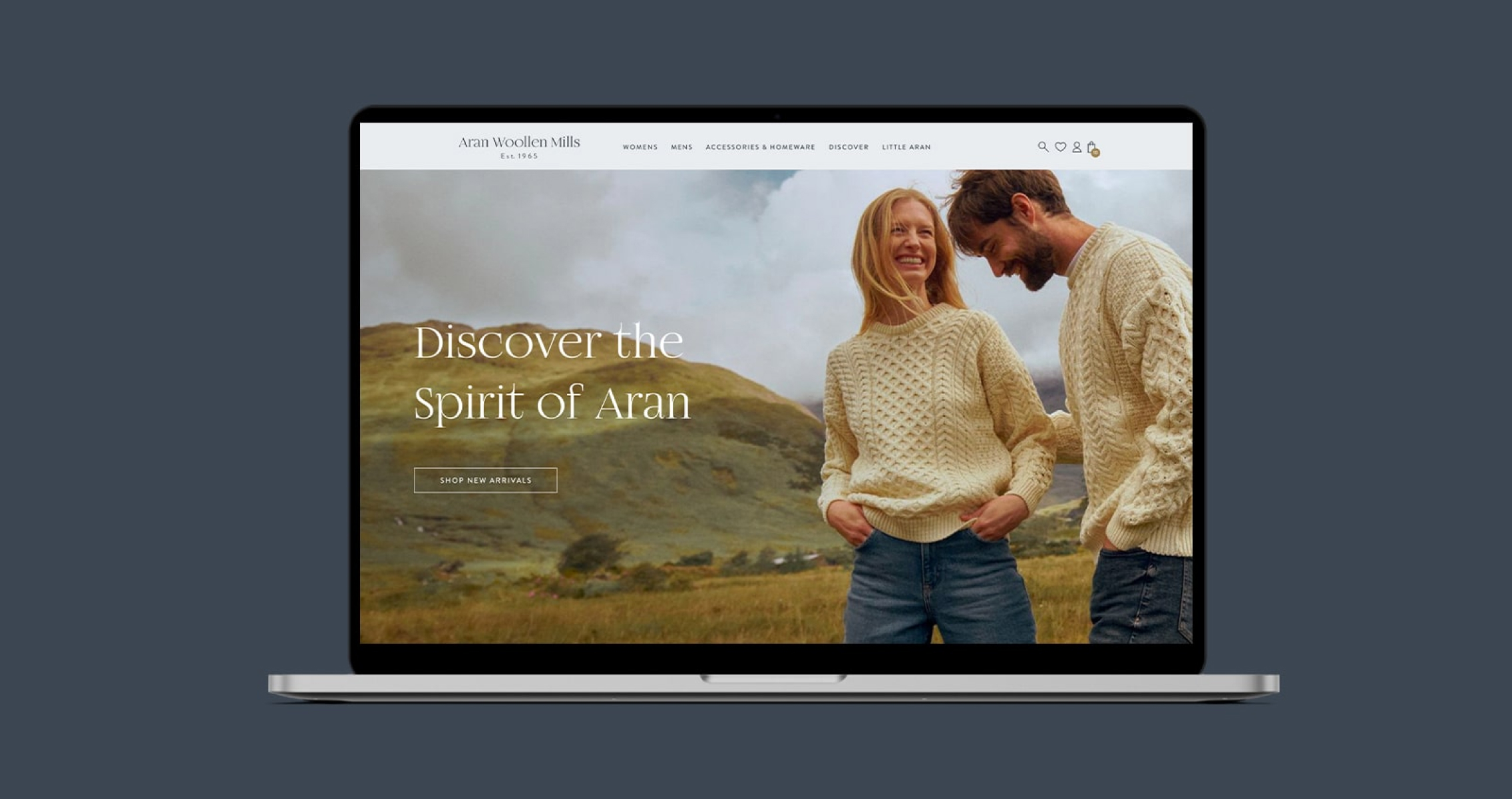





.png)

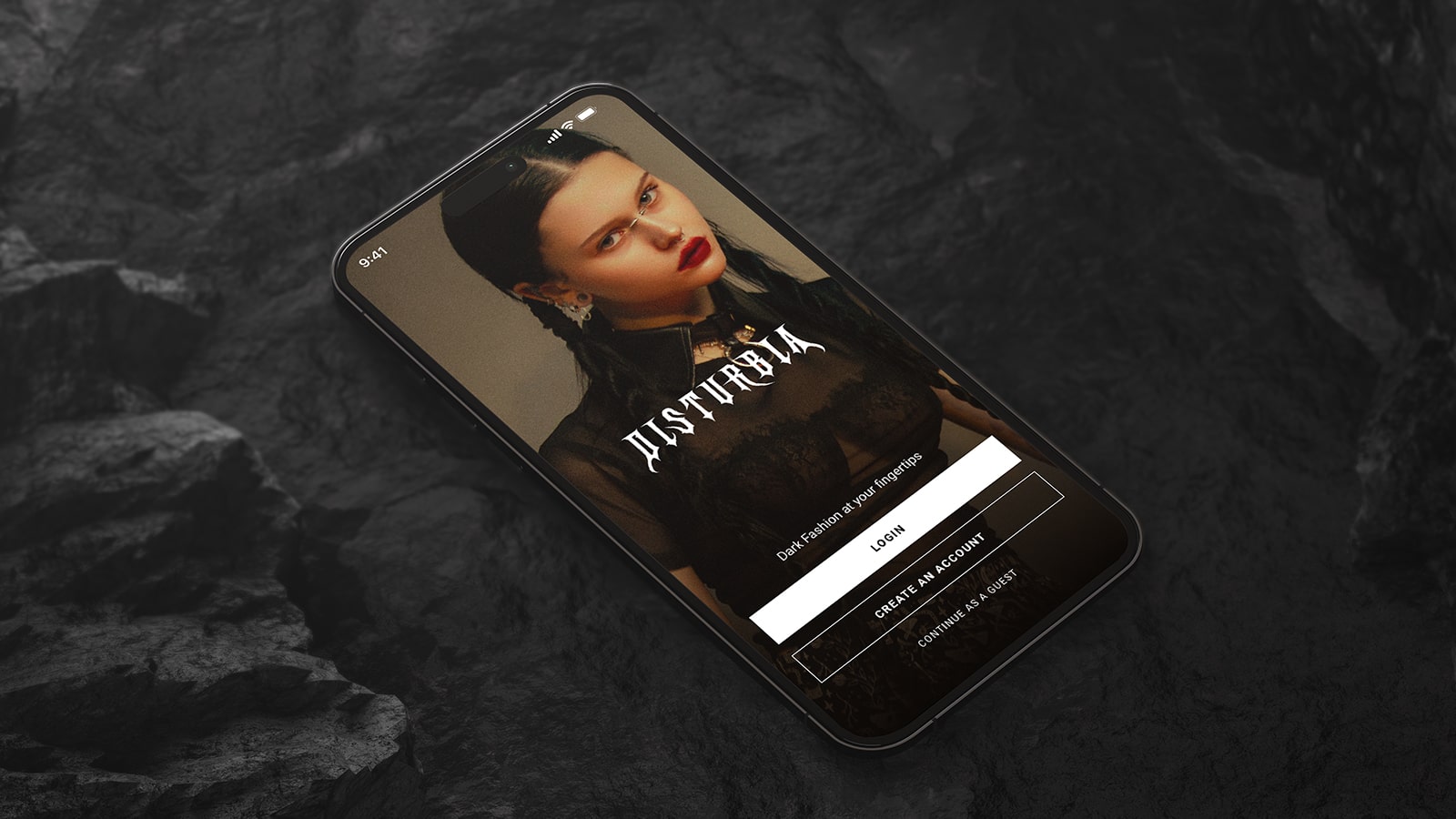





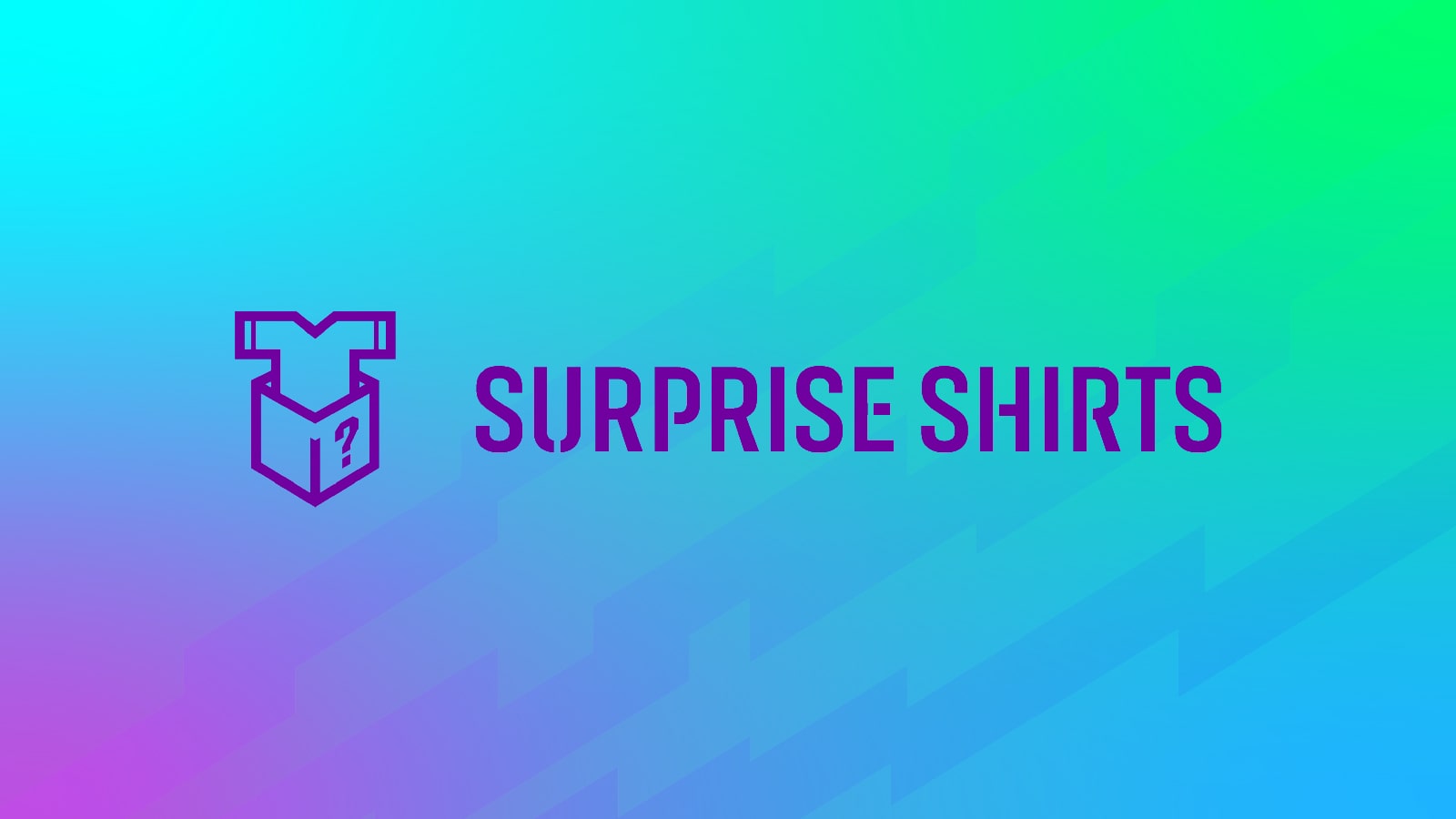
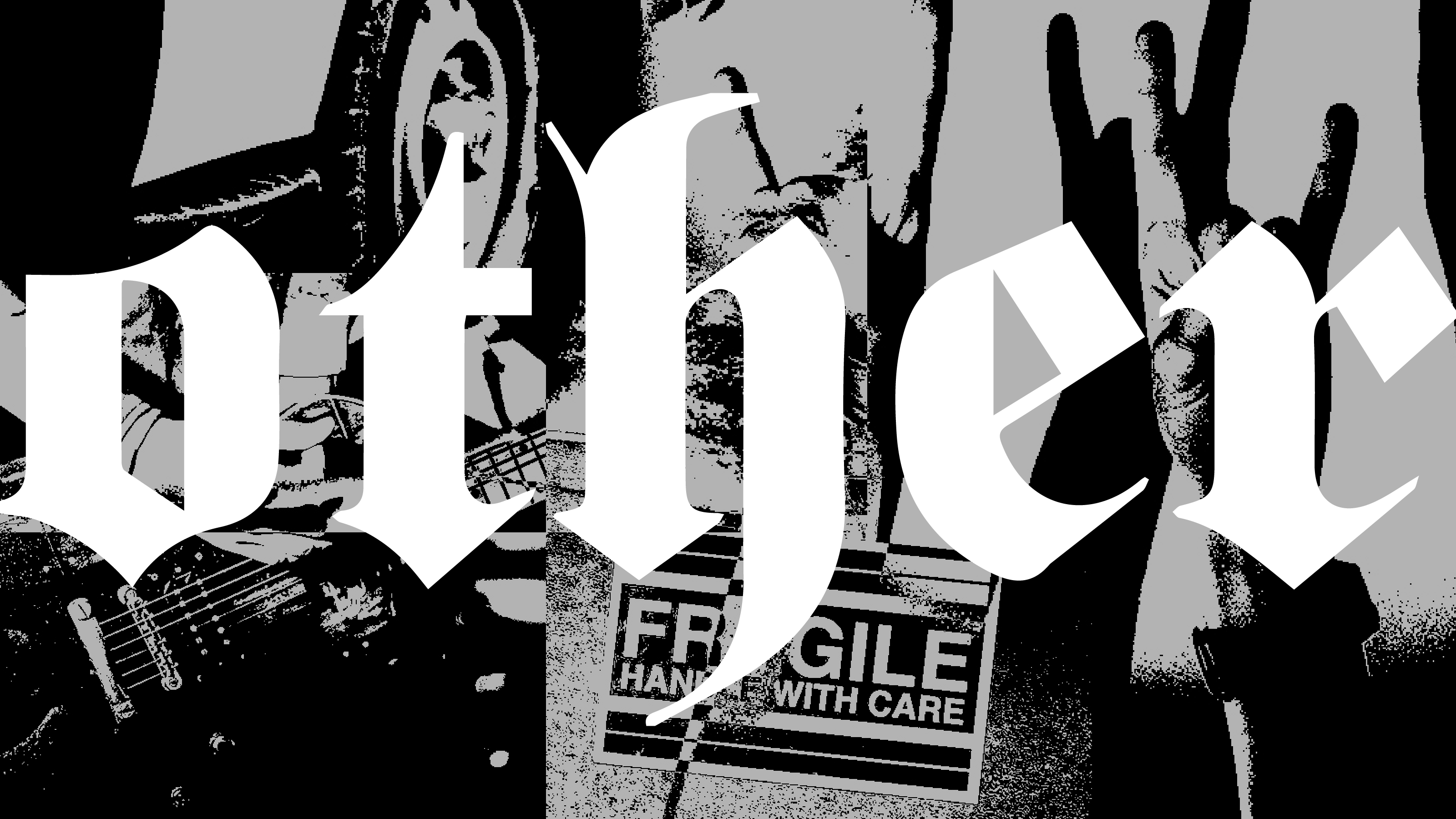



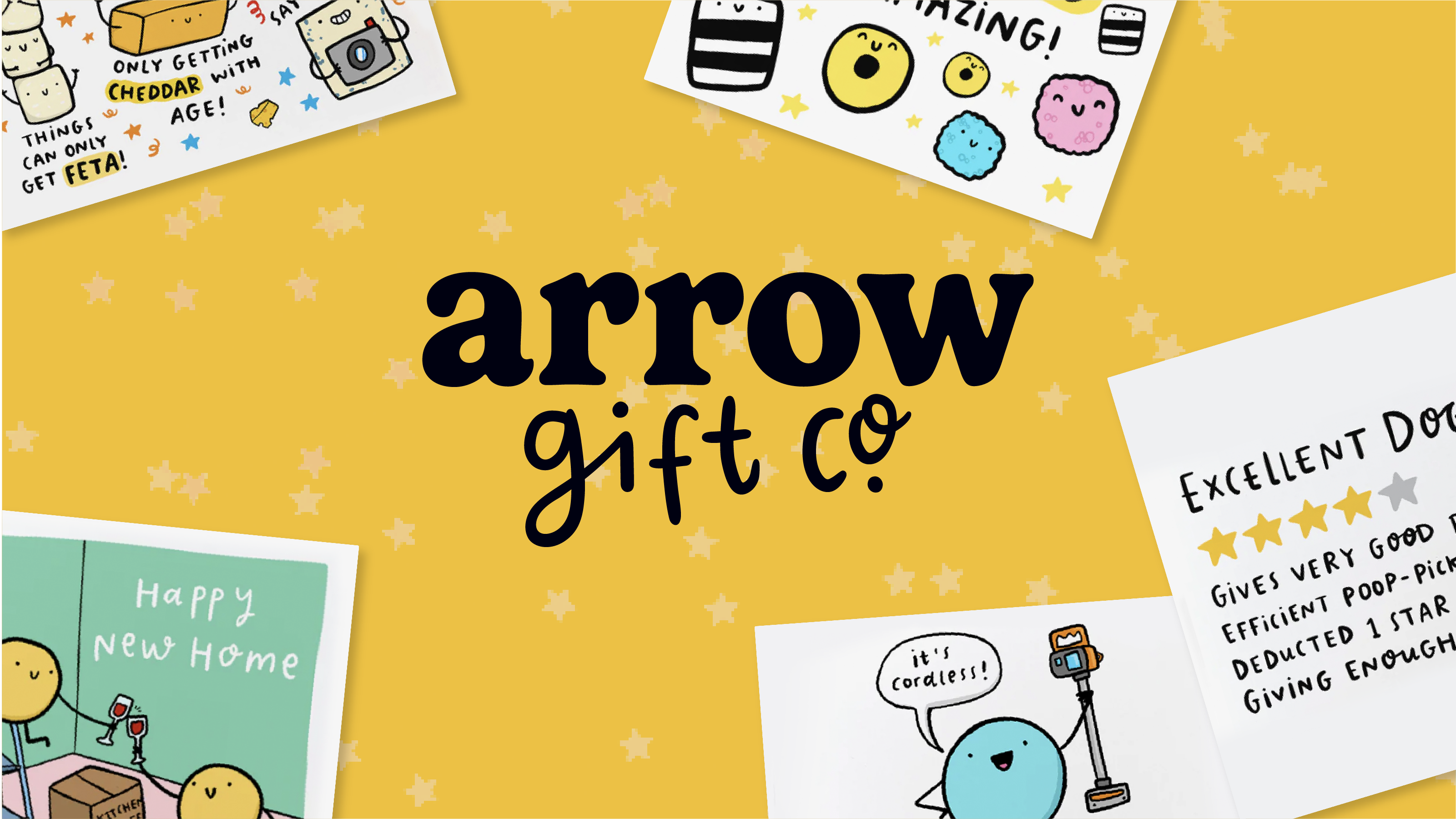



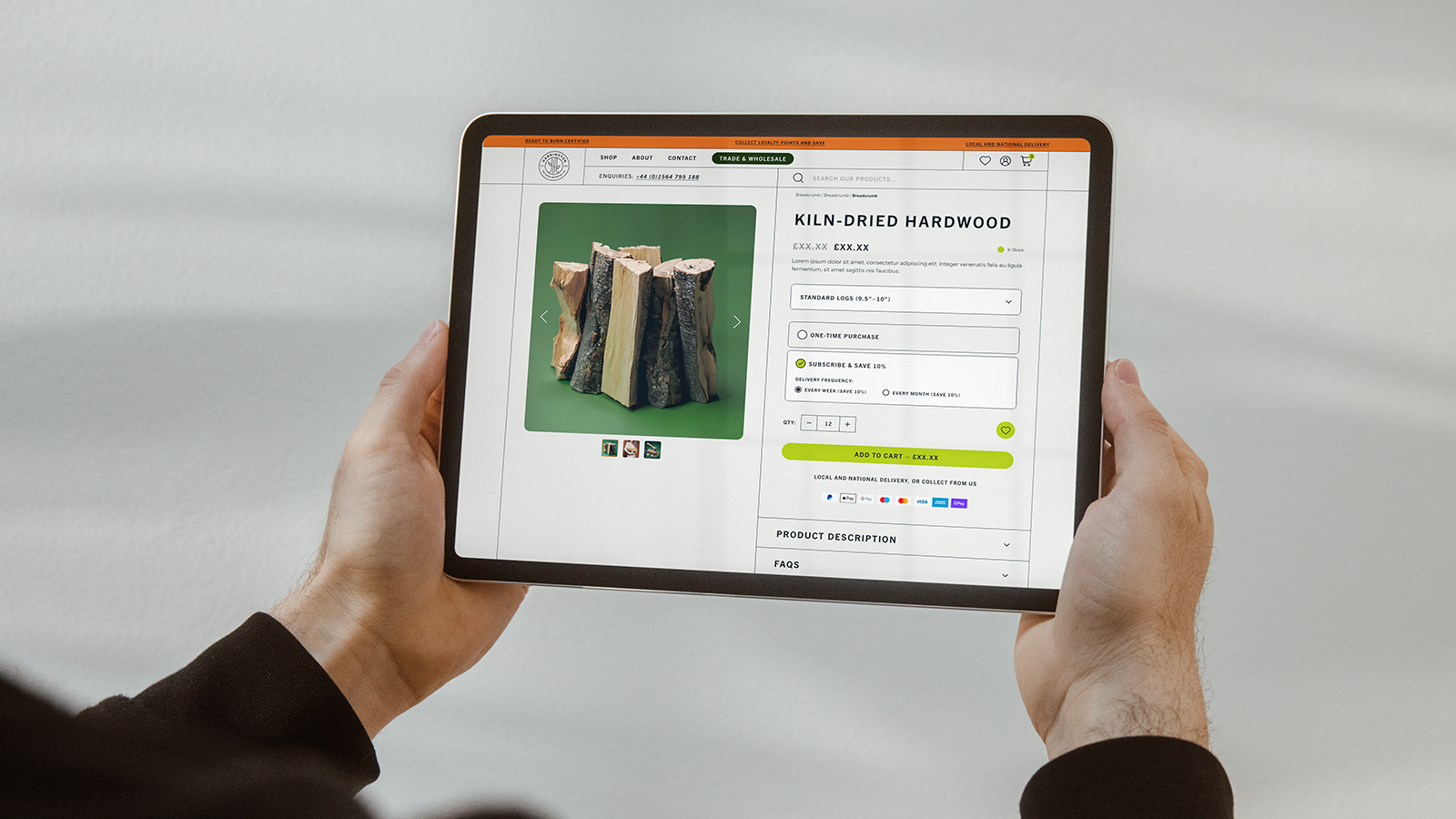
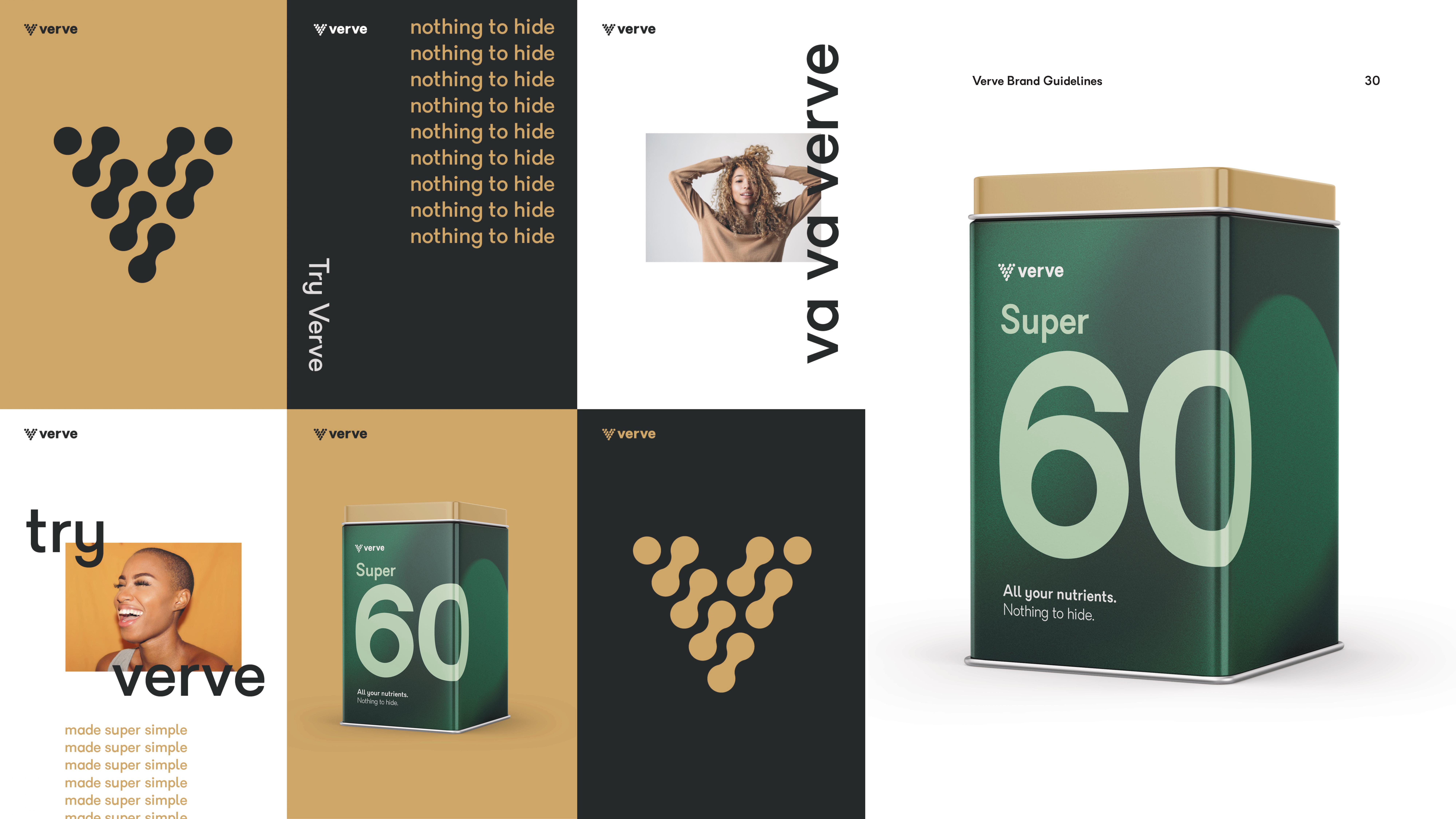



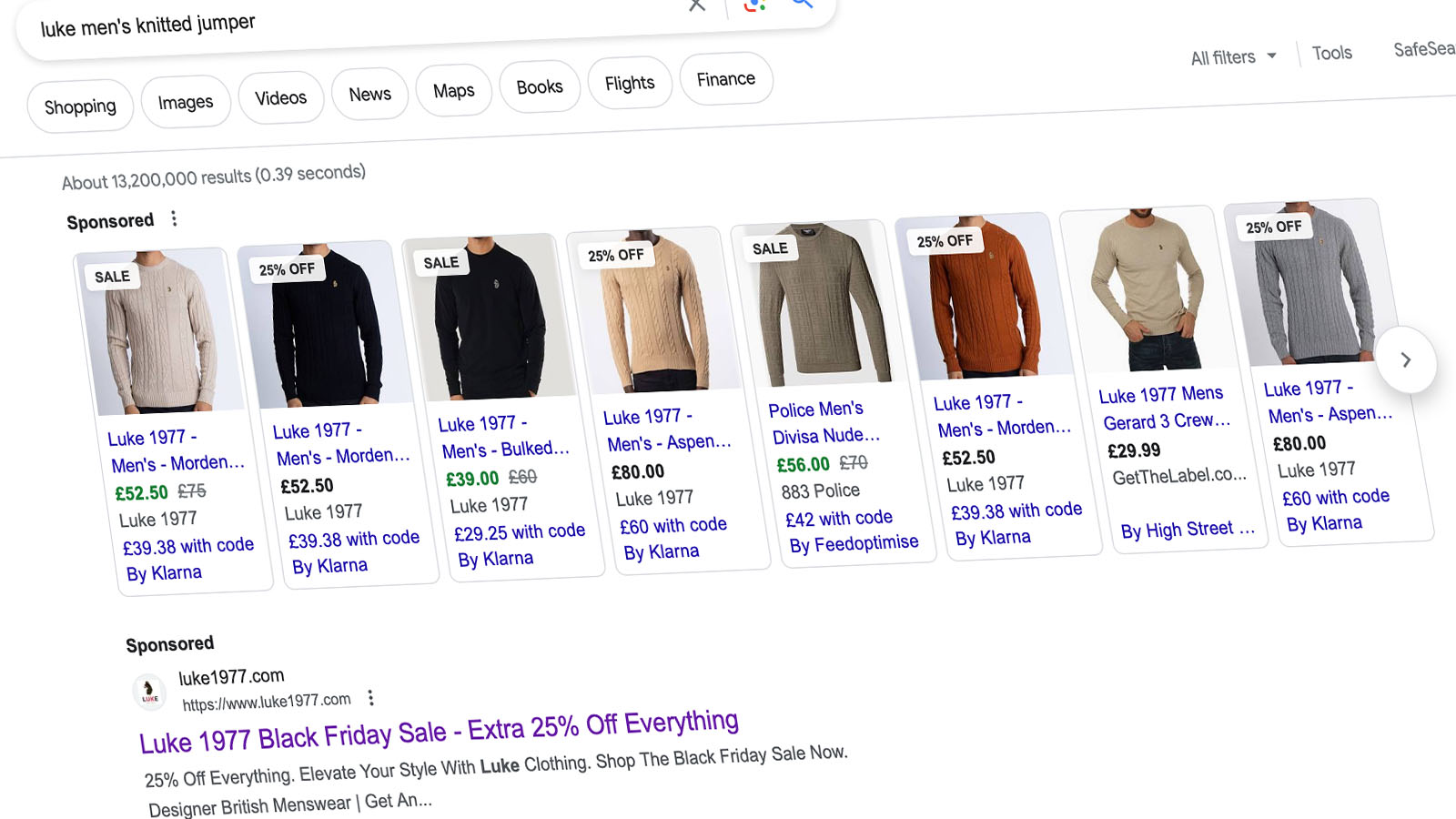



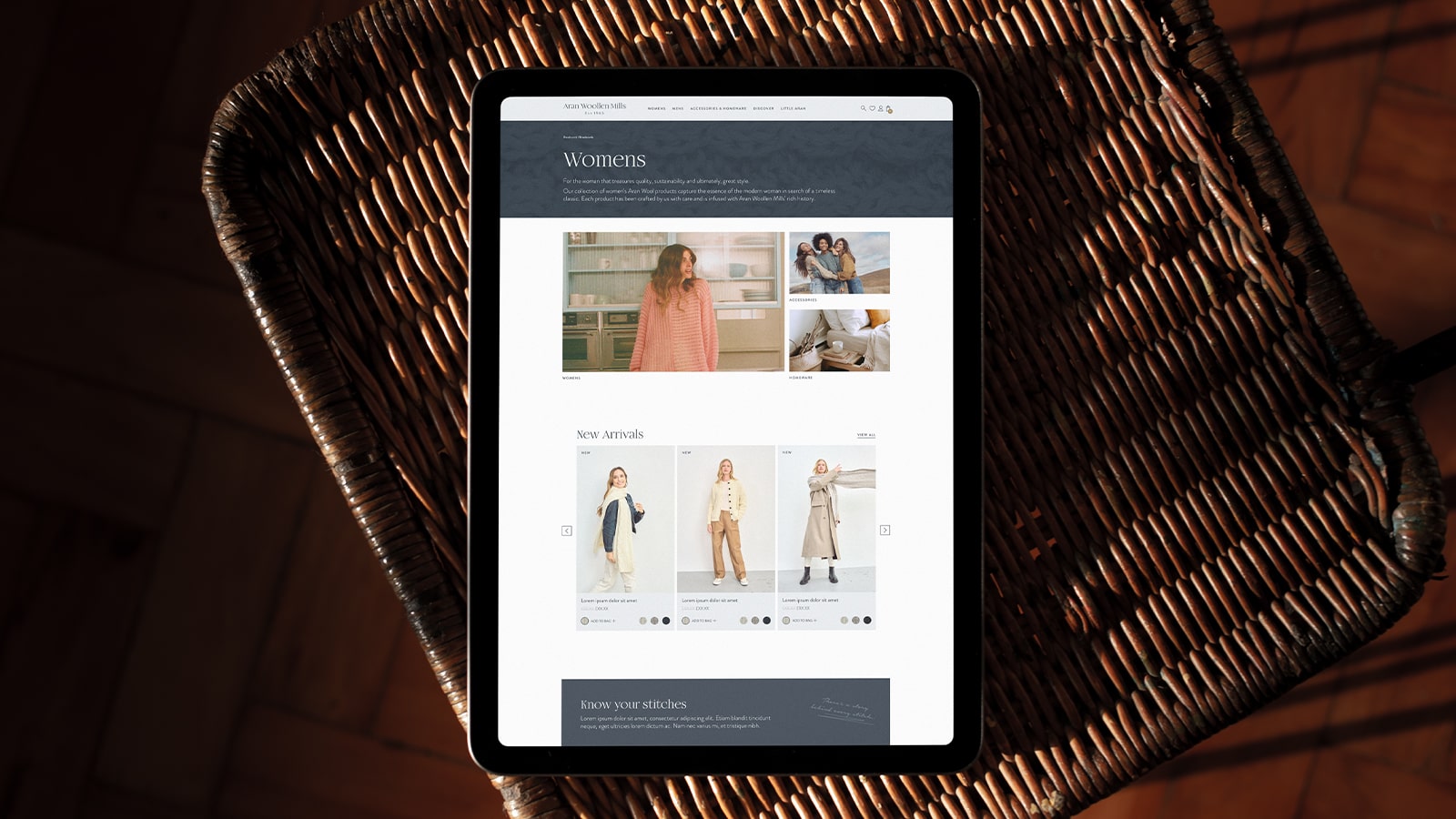

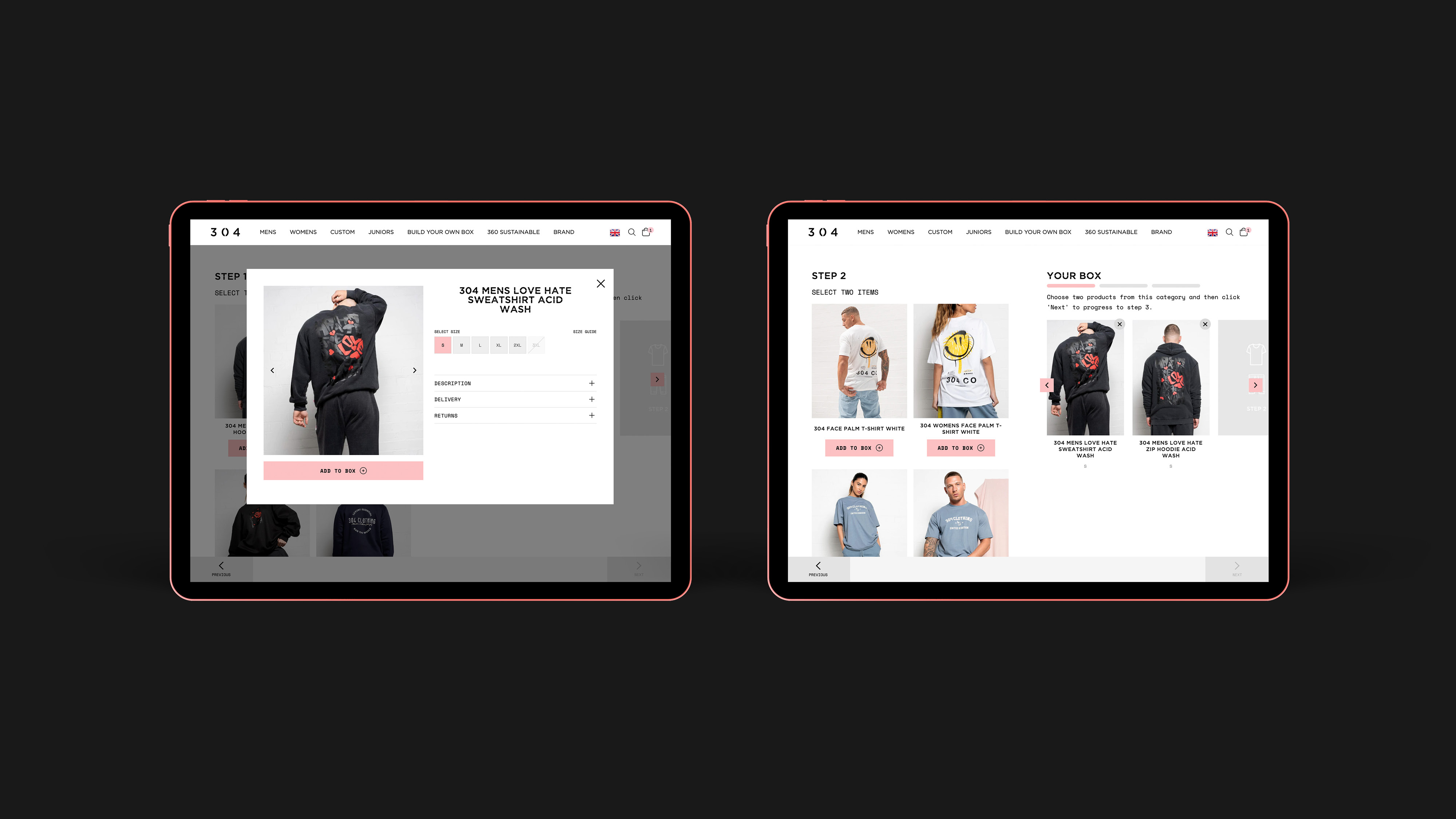

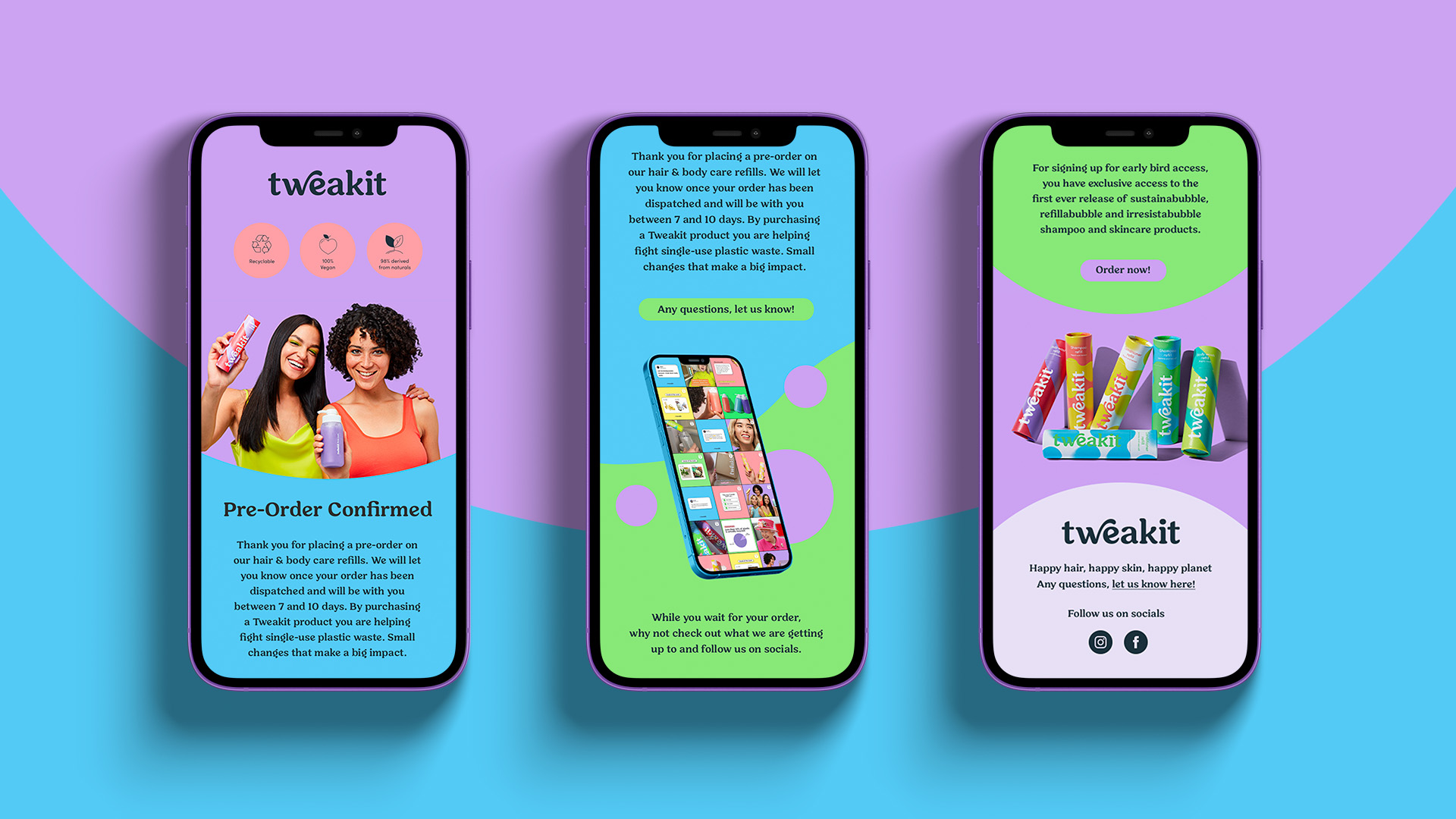


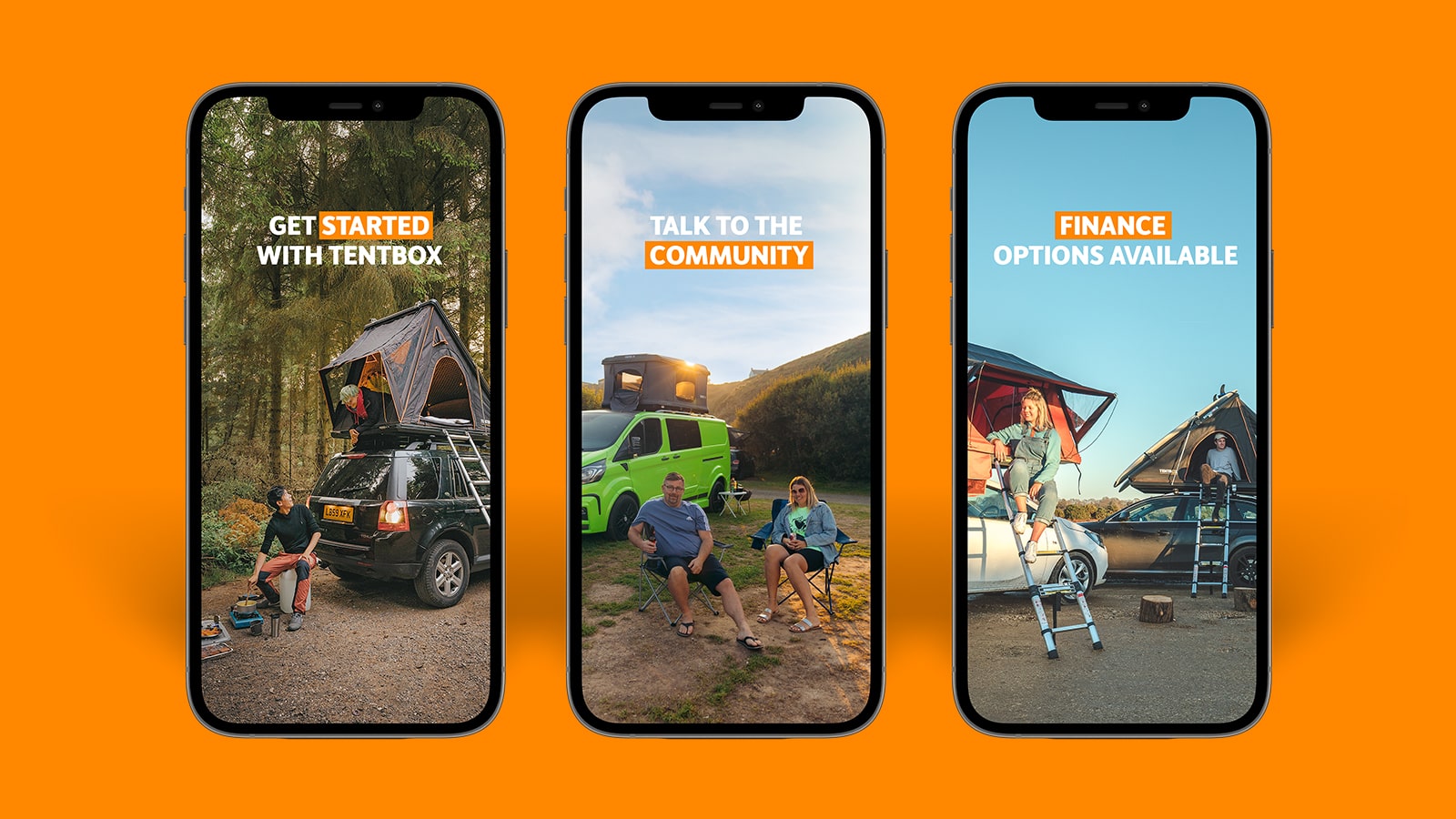
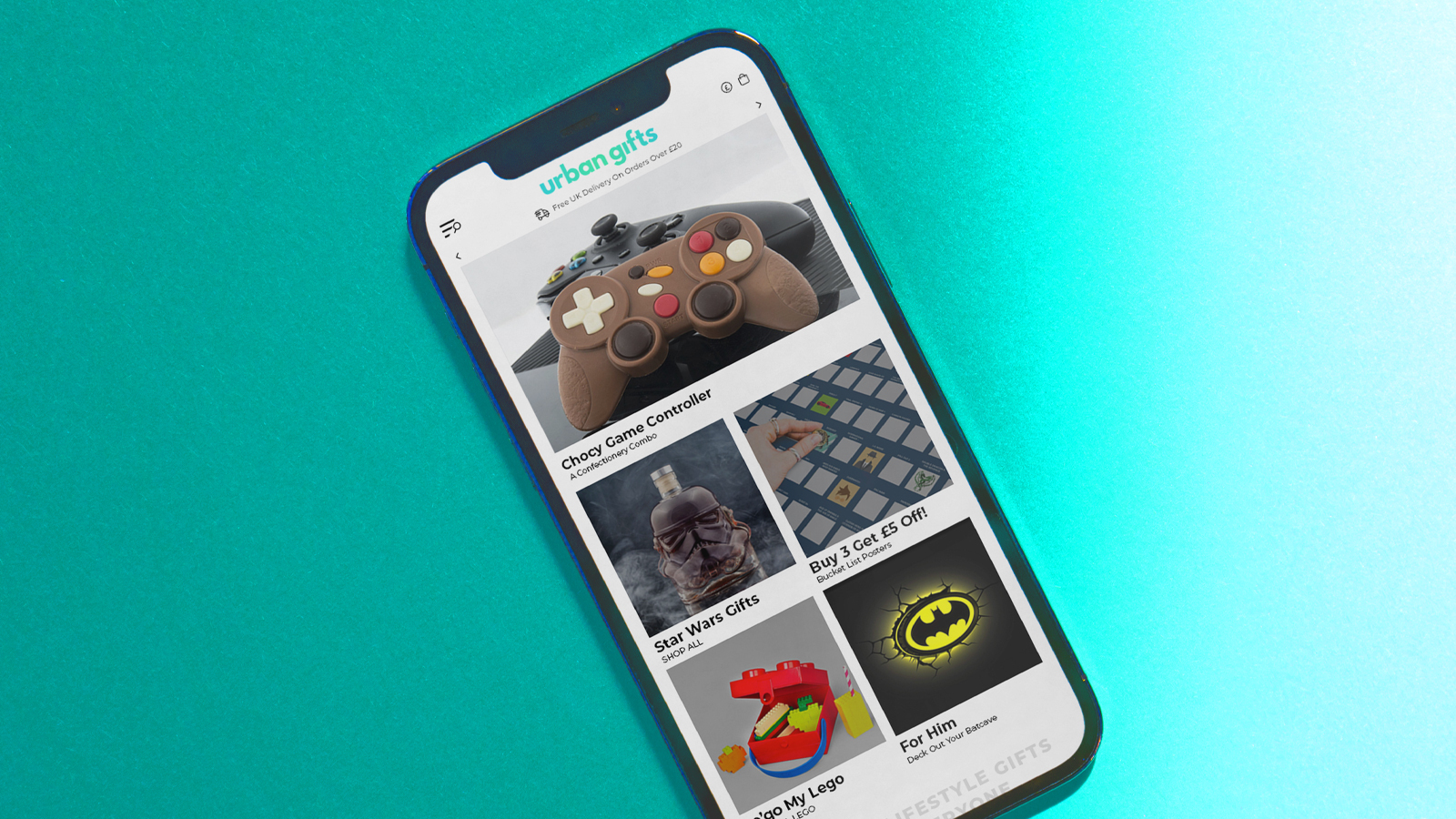
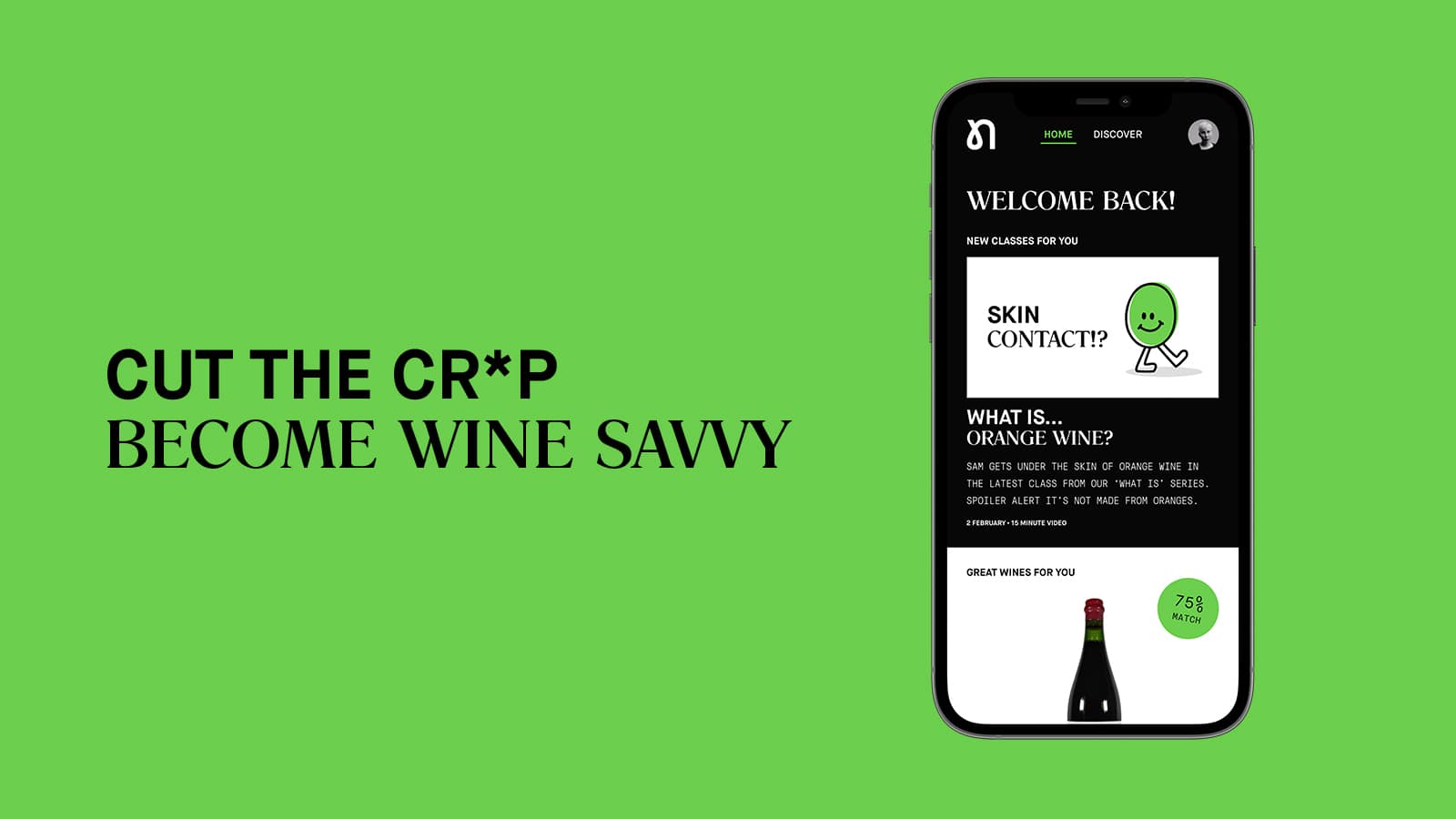
.png)
